Venice Biennale looks back on 125 years of exhibitions
Formafantasma designs ‘The Disquieted Muses, When La Biennale di Venezia Meets History’, a show that displays works from all six artistic disciplines, looking back to 125 years of Biennale exhibitions and events
Marco Cappelletti - Photography

In a year of significant cultural calendar shifts, the Venice Biennale presents The Disquieted Muses: When La Biennale di Venezia Meets History – a peculiar exhibition chronicling its history through visual archive materials from different disciplines. Designed by Formafantasma, the exhibition takes over the Central Pavilion of the Giardini, and is curated by the six artistic directors of the different disciplines in collaboration with contemporary art researcher and curator Cecilia Alemani.
125 year of Venice Biennale
We decided to create a show—the first in Biennale history, for the 125th anniversary of its foundation—based on audiovisual materials, photographs, installations and documents: marking our return to activity, it forges a dialogue between the six arts of La Biennale,’ said Roberto Cicutto, President of La Biennale di Venezia.
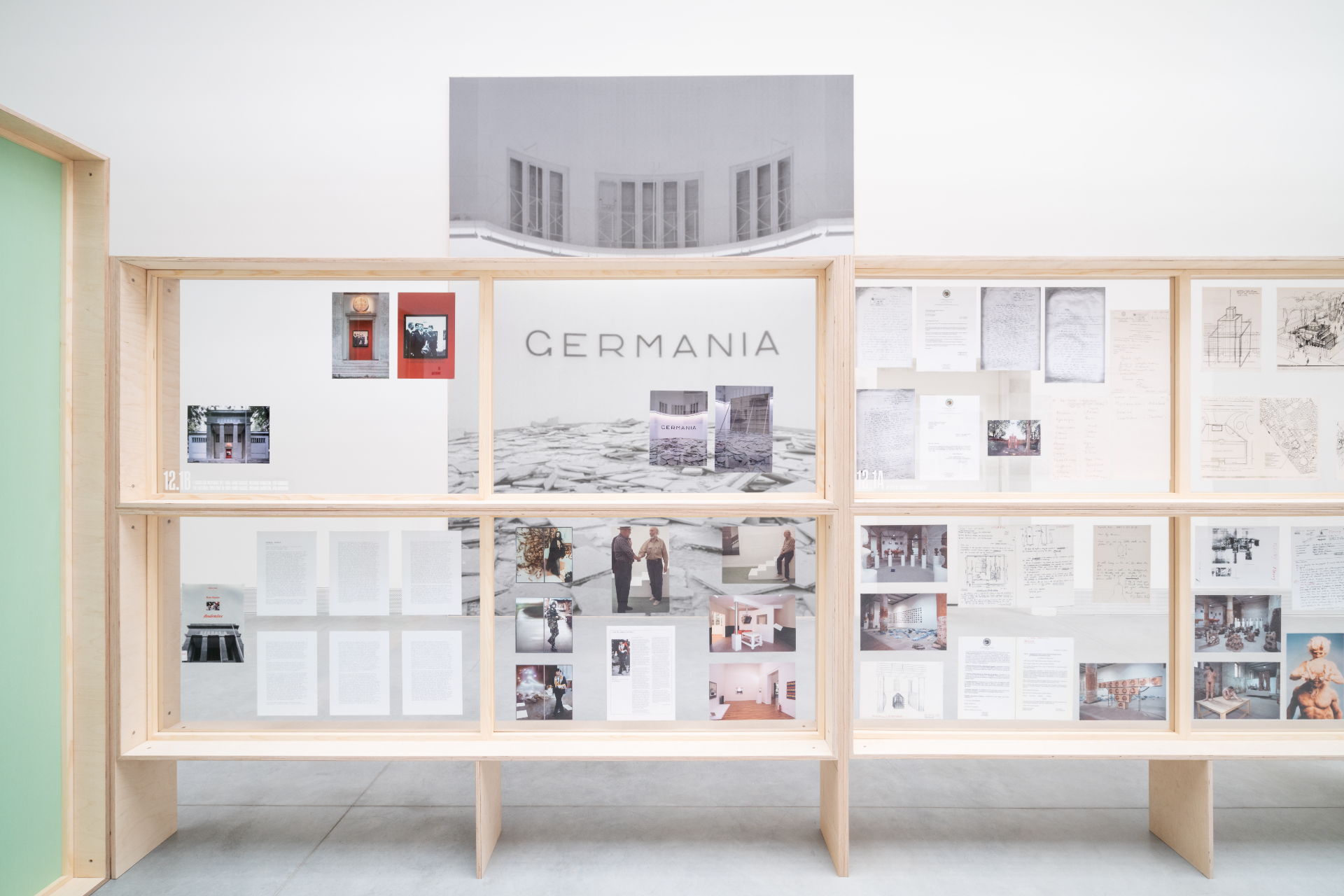
An example of Formafantasma’s exhibition design, featuring images from Hans Haacke’s Germania from the German Pavilion in 1993
The curators have delved into the archives of La Biennale as well as several Italian and international archives to document how the Venetian biennials have overlapped with the history of the 20th century. The exhibition features rare footage, interviews, and artworks from the fields of art, architecture, music, dance, cinema and theatre.
Exhibition design by Formafantasma
The Amsterdam-based studio’s exhibition design is based on the possibility of demounting, repairing and eventually recomposing the structures in different arrangements for future archival exhibitions. It is not the first time the Italian designers have looked at ways to reuse and repurpose exhibition displays, as the studio’s current focus explores new ways of approaching this ephemeral branch of design in ways that are both sustainable and innovative.
The displays are based on a modular system of raw plywood frames and tables that allows for multiple compositions. The displays are punctuated with textiles in a chromatic palette including yellow, red and mint green, and oversized black and white photographs the pair have selected from the archives.
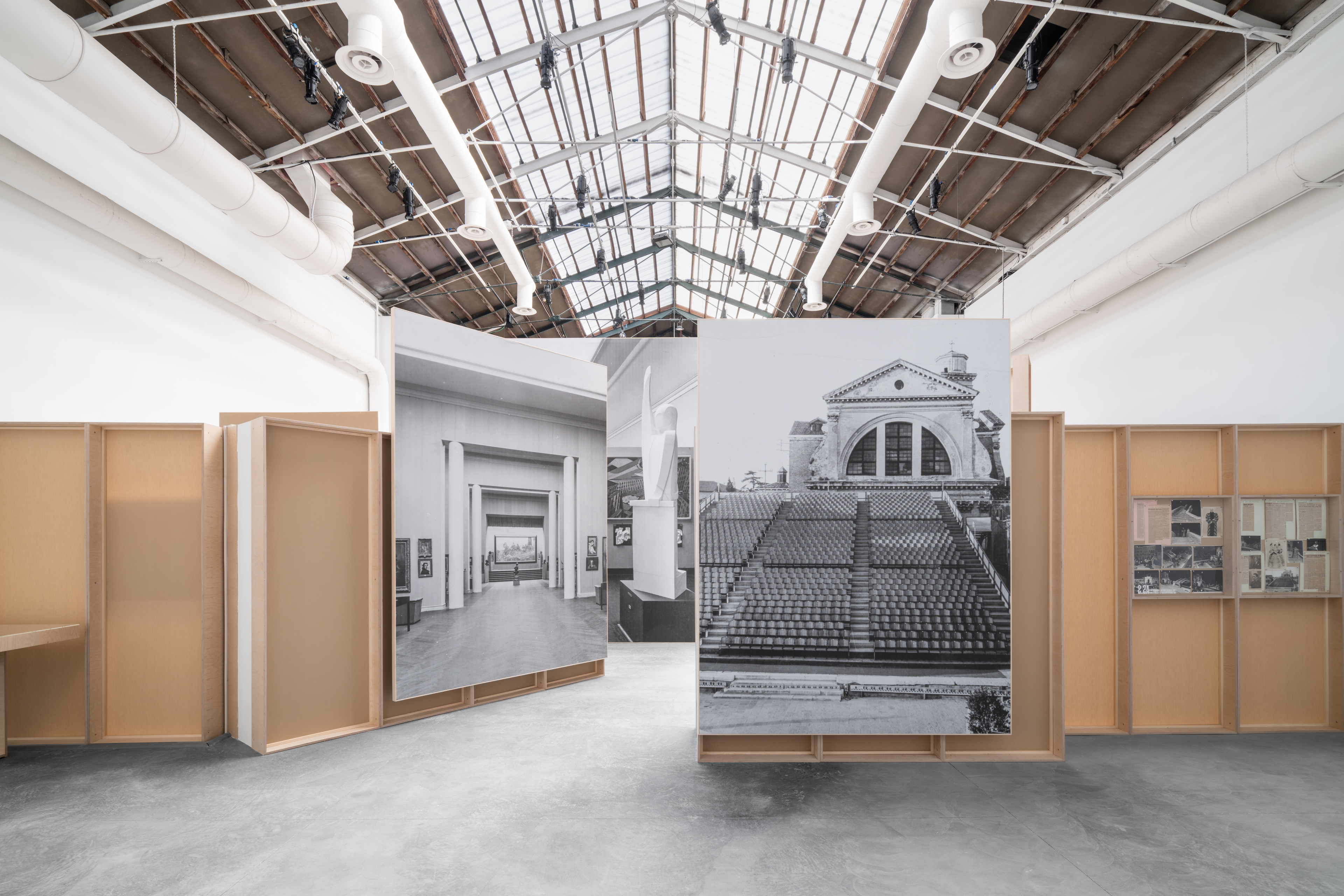
A view of the exhibition design, which featured modular structures dividing the space
The different rooms of the exhibition reference key moments in history, from the Fascist era to radical protests of 1968. The spaces also touch upon Postmodernism and the first Architecture Biennale (with works by Paolo Portoghesi and Aldo Rossi) and the 1990s, highlighting contemporary artists such as Marina Abramovic, Richard Hamilton and Kabakov.
Formafantasma’s display system offers a three-dimensional feel to the flat nature of the archival materials, with modules and large-scale photographs becoming mini-architectural devises that divide the space. The designers also left their mark on the exhibition entrance, with an opening intervention featuring six historical photos (from 1897 to this day), documenting how the pavilion’s façade has been modified over the years to be based on the styles and politics of the different eras.
History meets creative disciplines in this momentous exhibition, which Ciccuto says ‘bolsters La Biennale’s role as a hub of research in the contemporary arts, a fundamental driving force for investigating the present and future, and a strategic tool for development, even in terms of economic growth.’


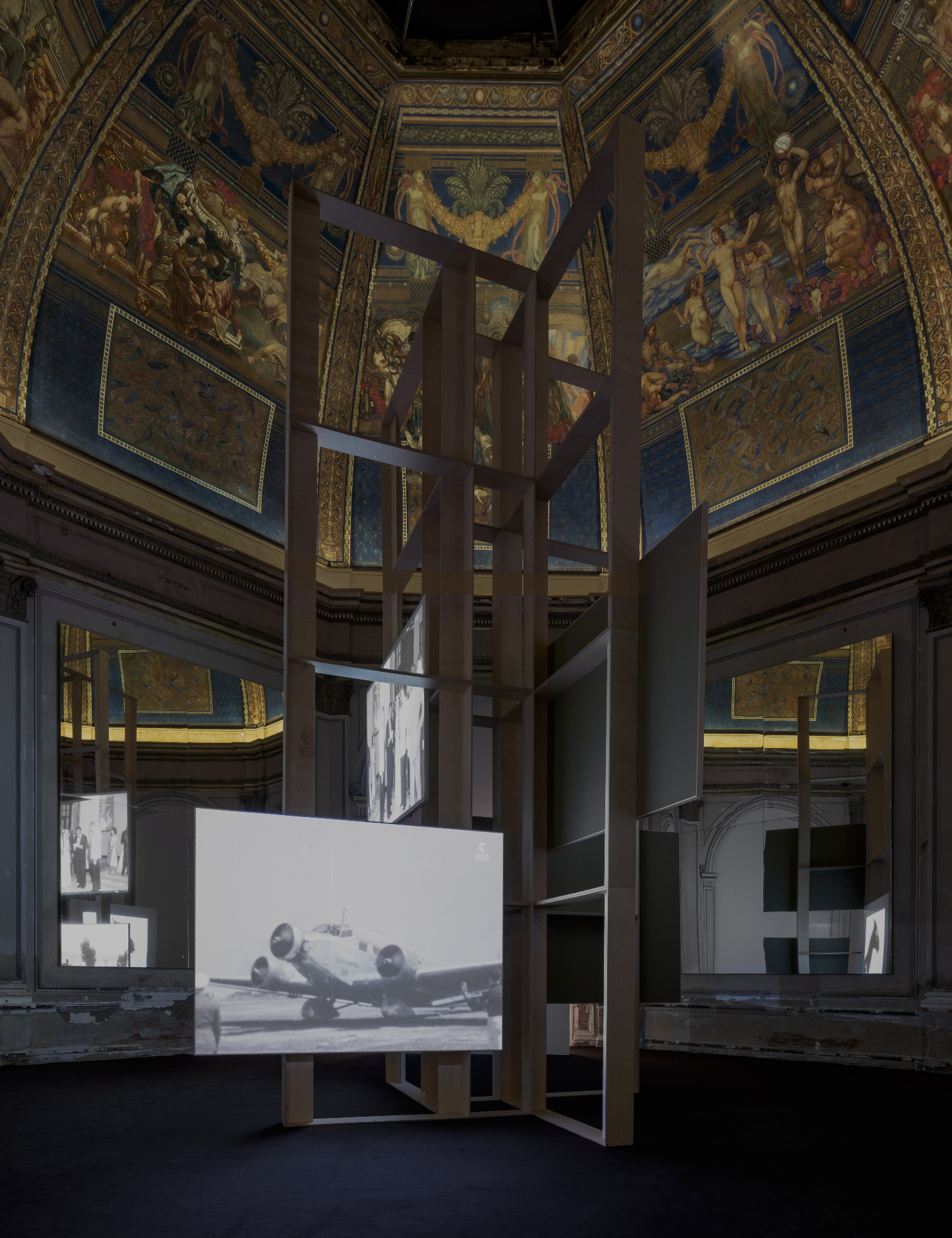

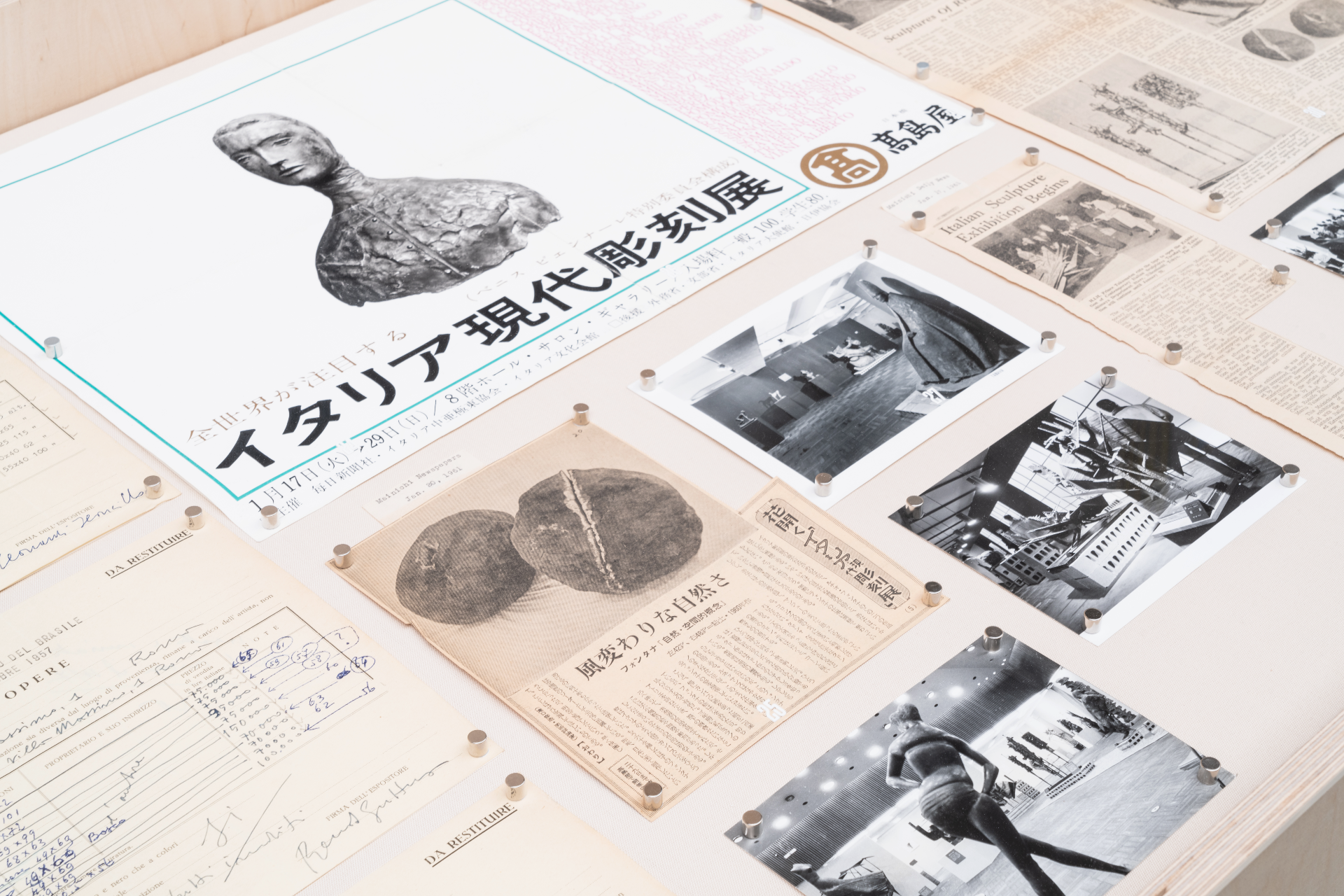
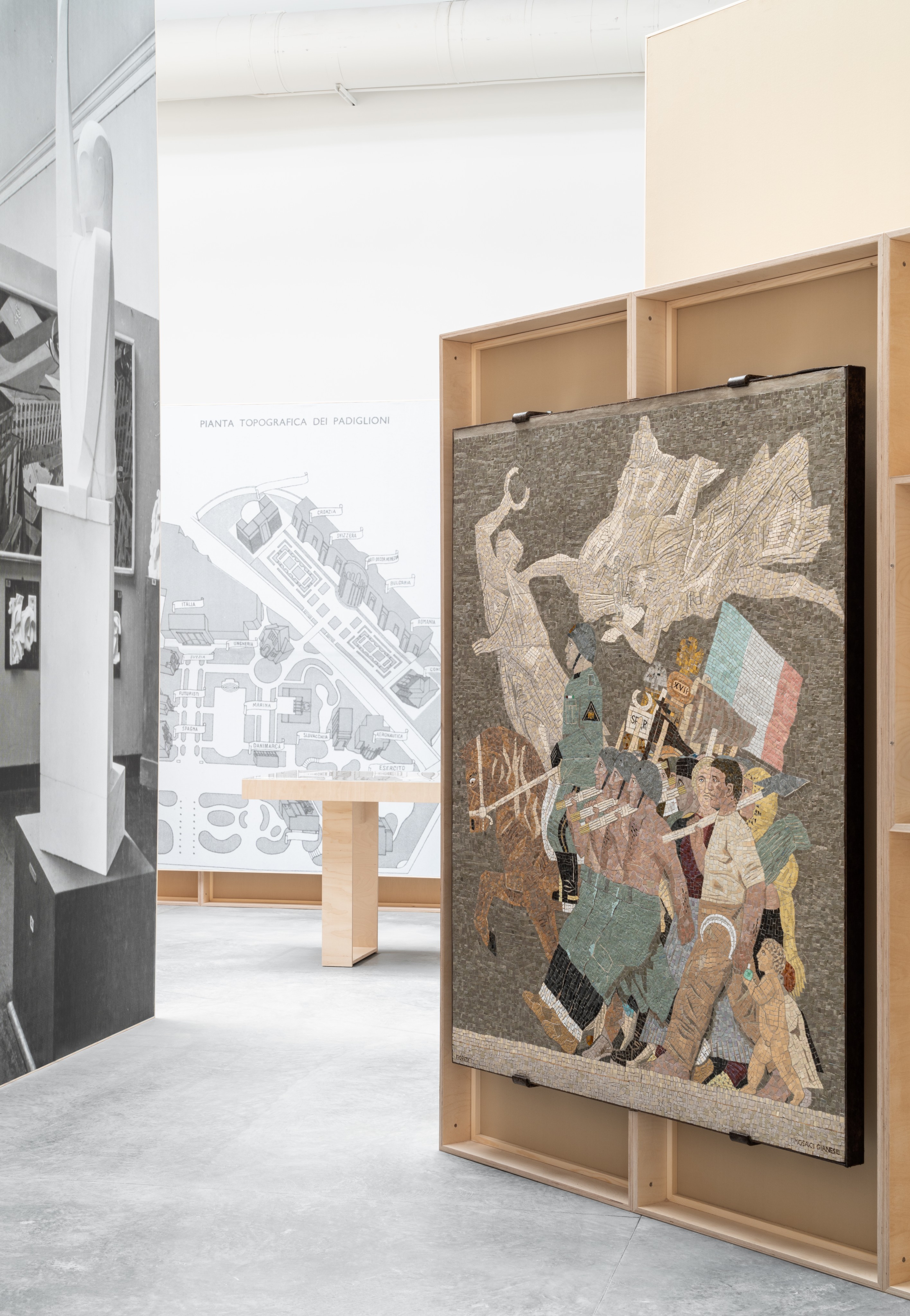

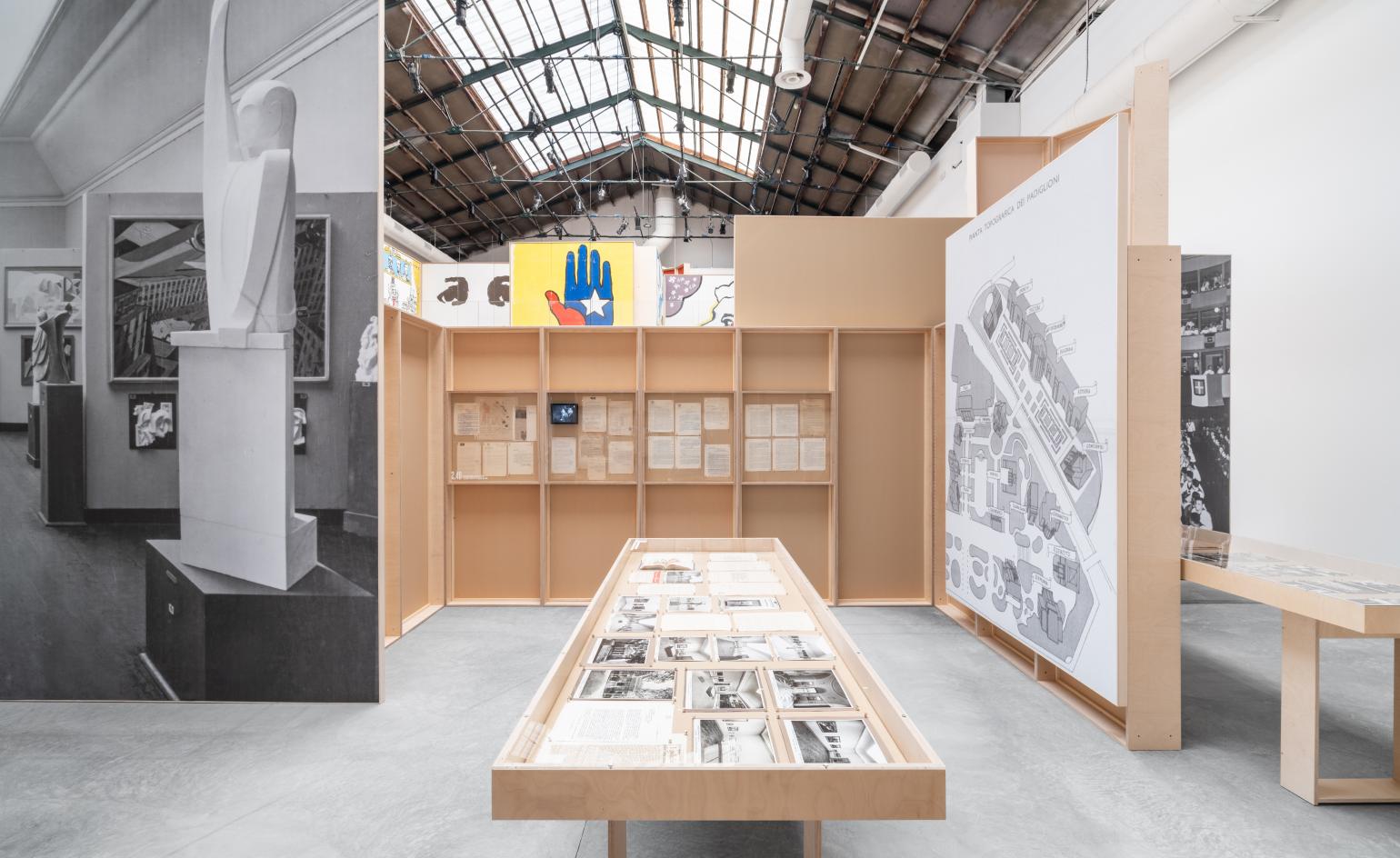

INFORMATION
‘The Disquieted Muses, When La Biennale di Venezia Meets History’ is on view until 8 December
Receive our daily digest of inspiration, escapism and design stories from around the world direct to your inbox.
Rosa Bertoli was born in Udine, Italy, and now lives in London. Since 2014, she has been the Design Editor of Wallpaper*, where she oversees design content for the print and online editions, as well as special editorial projects. Through her role at Wallpaper*, she has written extensively about all areas of design. Rosa has been speaker and moderator for various design talks and conferences including London Craft Week, Maison & Objet, The Italian Cultural Institute (London), Clippings, Zaha Hadid Design, Kartell and Frieze Art Fair. Rosa has been on judging panels for the Chart Architecture Award, the Dutch Design Awards and the DesignGuild Marks. She has written for numerous English and Italian language publications, and worked as a content and communication consultant for fashion and design brands.
-
 High in the Giant Mountains, this new chalet by edit! architects is perfect for snowy sojourns
High in the Giant Mountains, this new chalet by edit! architects is perfect for snowy sojournsIn the Czech Republic, Na Kukačkách is an elegant upgrade of the region's traditional chalet typology
-
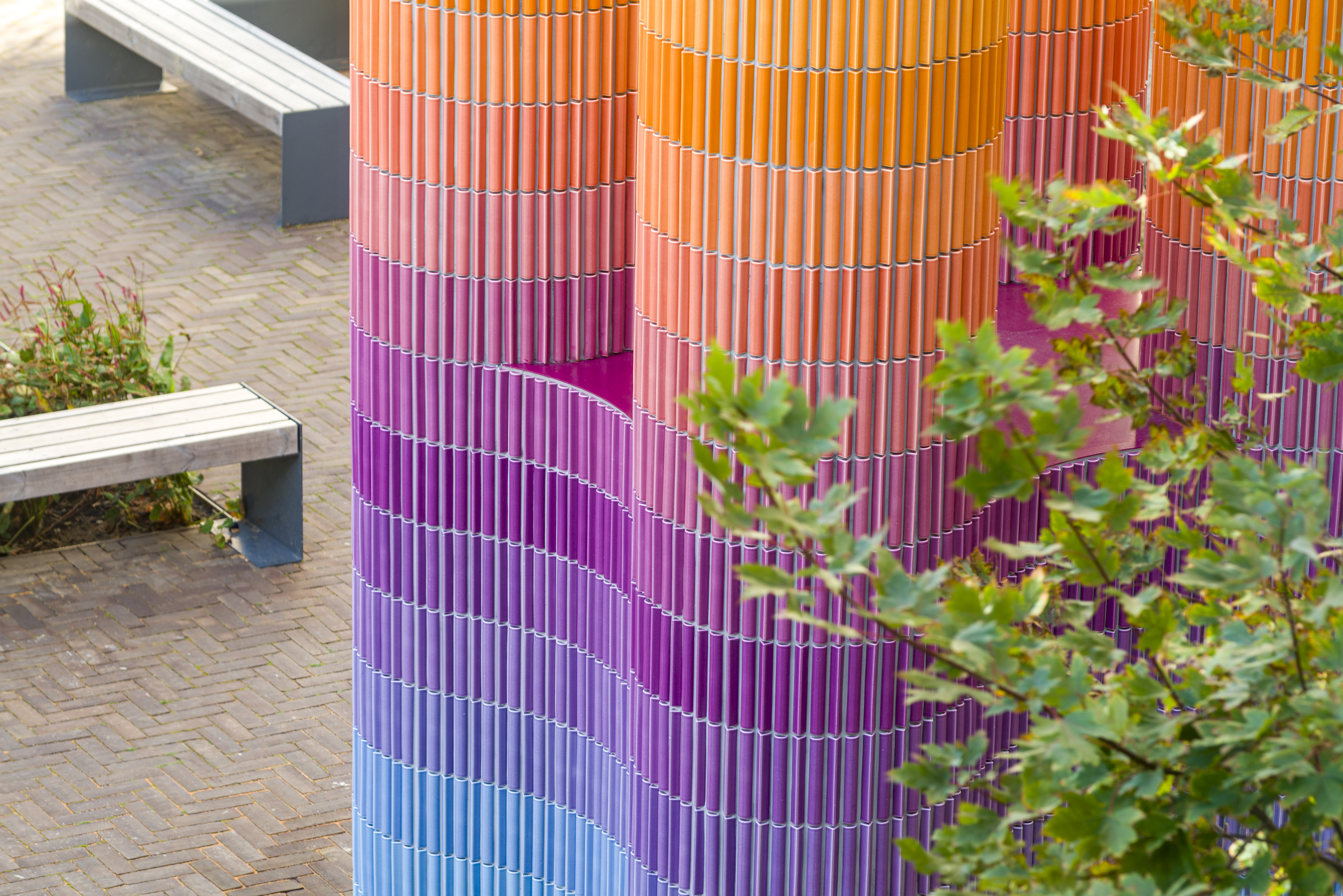 'It offers us an escape, a route out of our own heads' – Adam Nathaniel Furman on public art
'It offers us an escape, a route out of our own heads' – Adam Nathaniel Furman on public artWe talk to Adam Nathaniel Furman on art in the public realm – and the important role of vibrancy, colour and the power of permanence in our urban environment
-
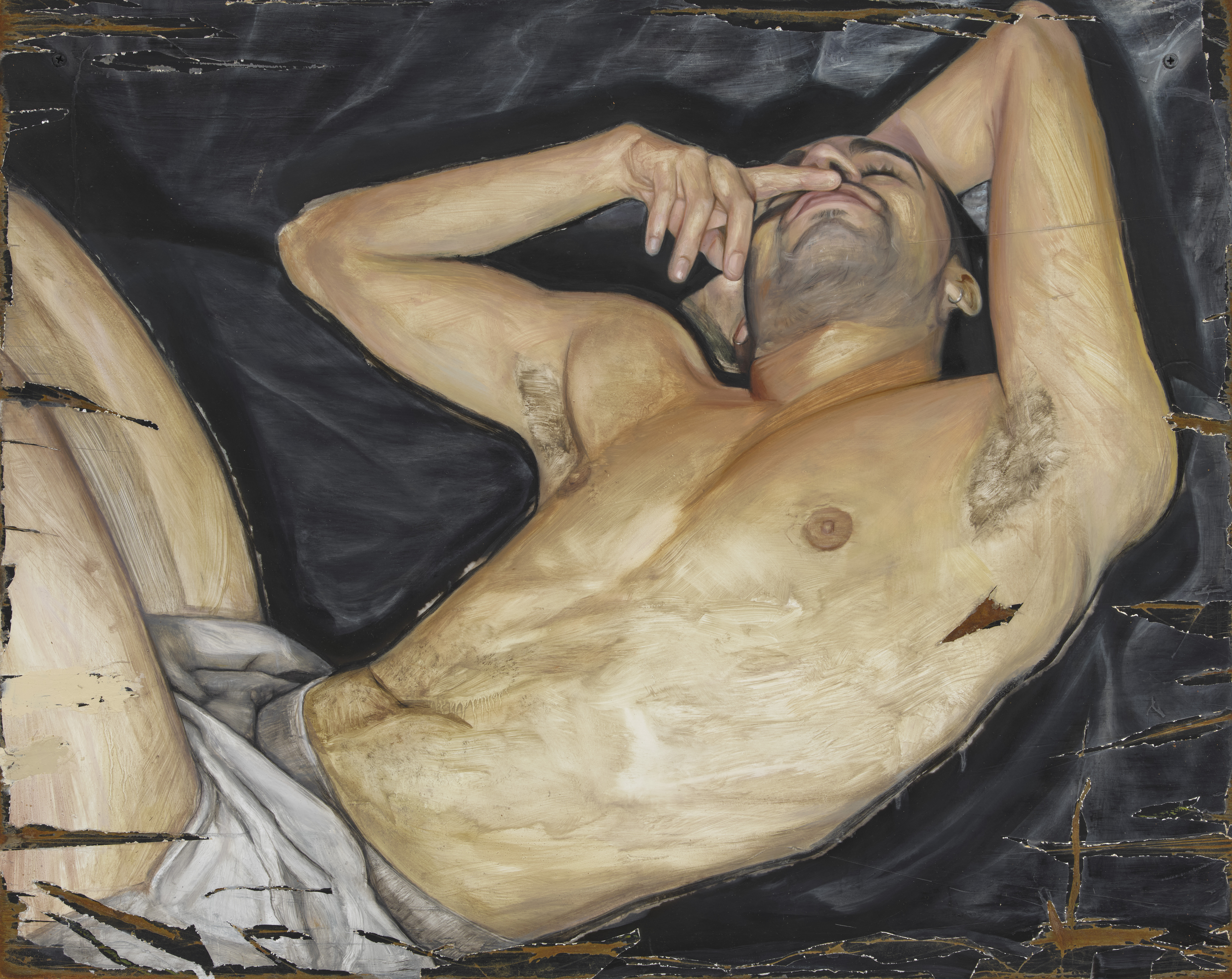 'I have always been interested in debasement as purification': Sam Lipp dissects the body in London
'I have always been interested in debasement as purification': Sam Lipp dissects the body in LondonSam Lipp rethinks traditional portraiture in 'Base', a new show at Soft Opening gallery, London
-
 Salone del Mobile 2026 will embrace collectible design with Salone Raritas
Salone del Mobile 2026 will embrace collectible design with Salone RaritasSalone del Mobile has Salone Raritas, a new exhibition space at the fair (21-26 April 2026), curated by Annalisa Rosso and designed by Formafantasma
-
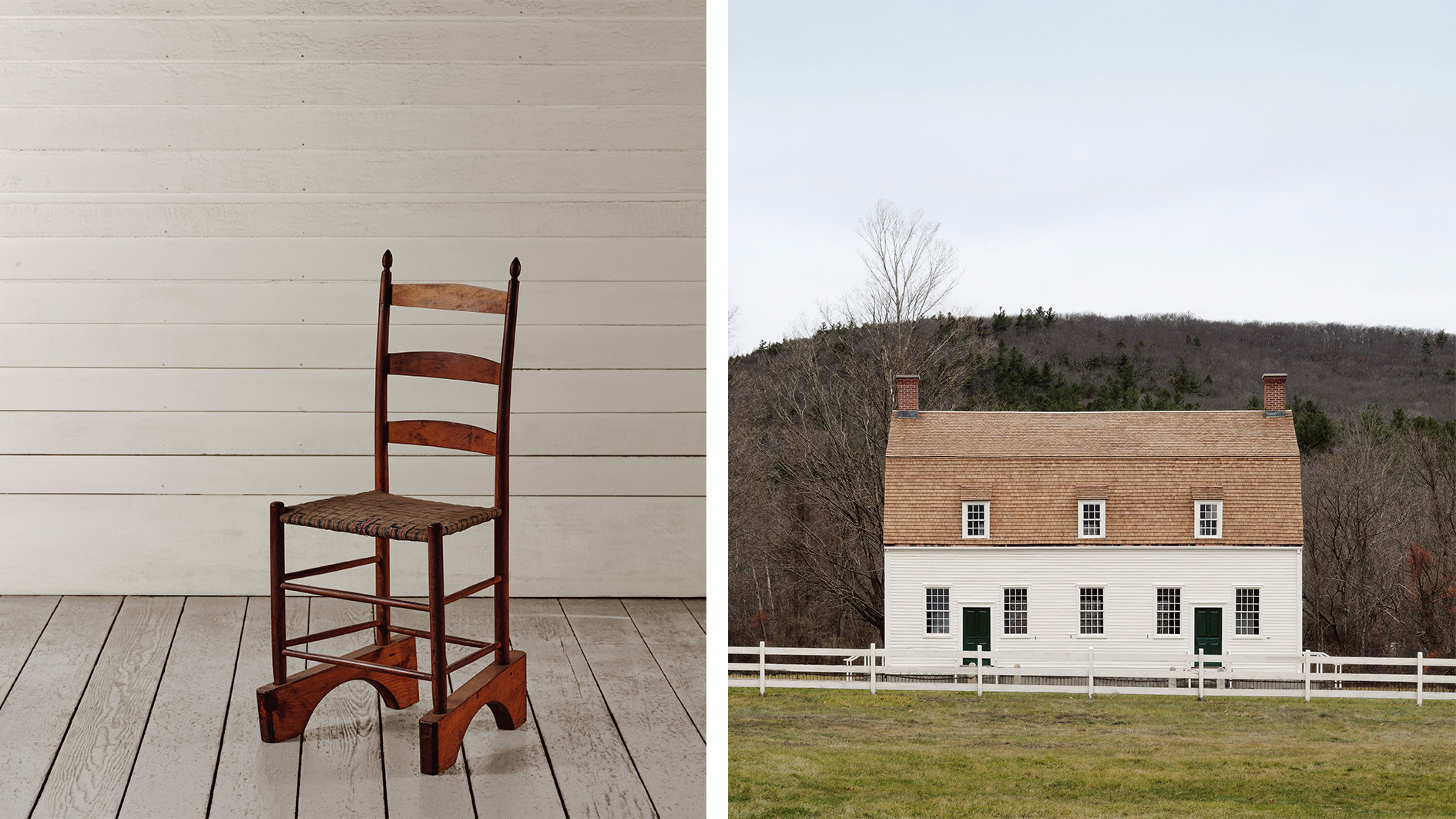 How did the Shakers influence modern design? A new exhibition considers the progressive philosophy of the free church
How did the Shakers influence modern design? A new exhibition considers the progressive philosophy of the free church‘The Shakers: A World in the Making’ positions the 18th-century sect as a pioneer of simple, functional and democratic design – principles that still guide aesthetics today
-
 Salone Del Mobile 2025: Paolo Sorrentino, Robert Wilson, Sou Fujimoto and Pierre-Yves Rochon amongst this year's contributors
Salone Del Mobile 2025: Paolo Sorrentino, Robert Wilson, Sou Fujimoto and Pierre-Yves Rochon amongst this year's contributorsThe countdown to Salone Del Mobile 2025 has begun. President, Maria Porro, announced first plans for the fair including some key names
-
 Prada Frames 2023: Milan programme announced
Prada Frames 2023: Milan programme announcedProgramme announced for Prada Frames 2023 at Milan Design Week, the annual symposium curated by Formafantasma at Luigi Caccia Dominioni's Teatro Filodrammatici from 17 to 19 April
-
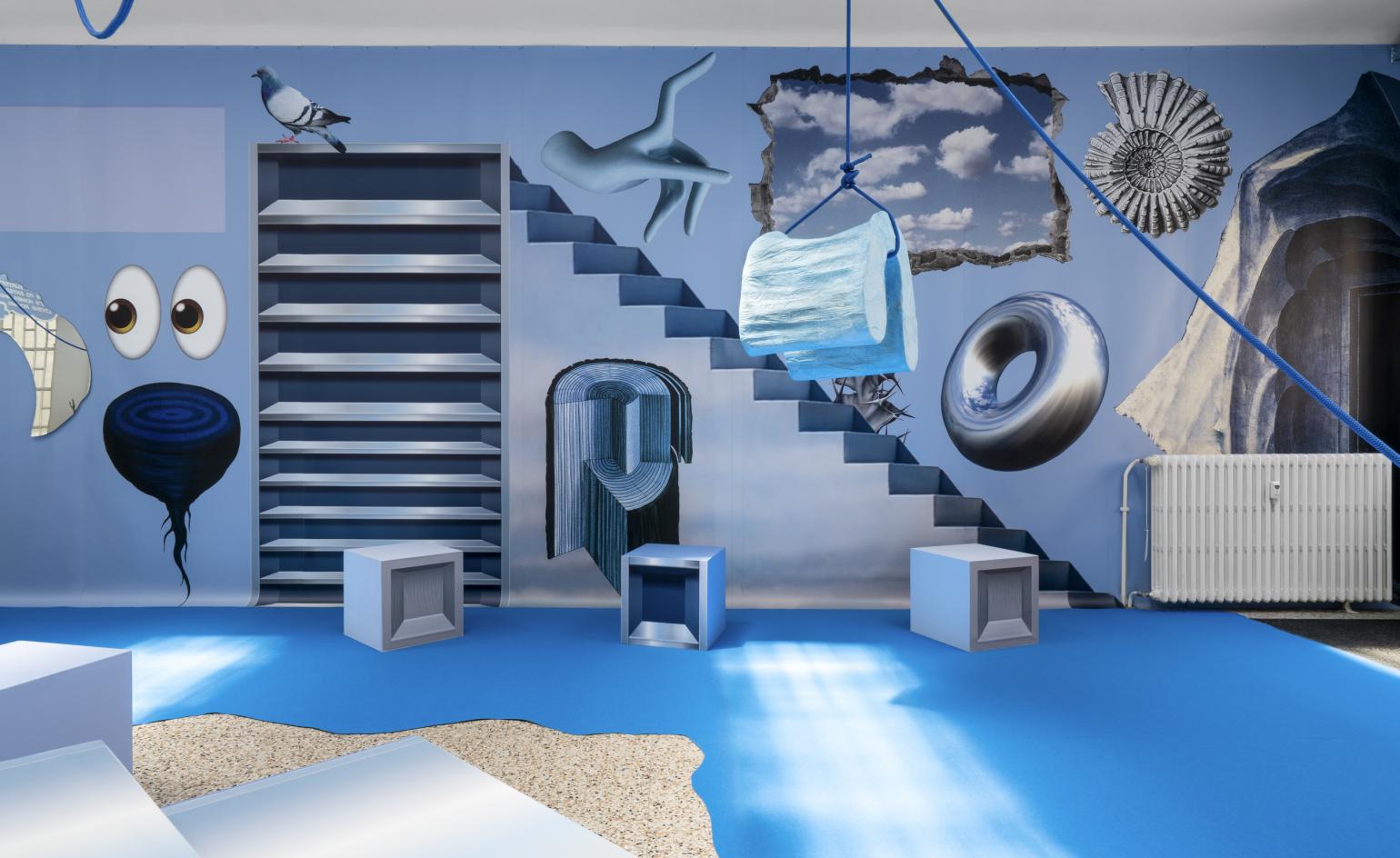 ‘You don't want space; you want to fill it’: Milan exhibition
‘You don't want space; you want to fill it’: Milan exhibitionMaking its debut during Milan Design Week 2022 at Marsèll Paradise, a new exhibition by Matylda Krzykowski, explores how we approach the space we live in (until 15 July 2022)
-
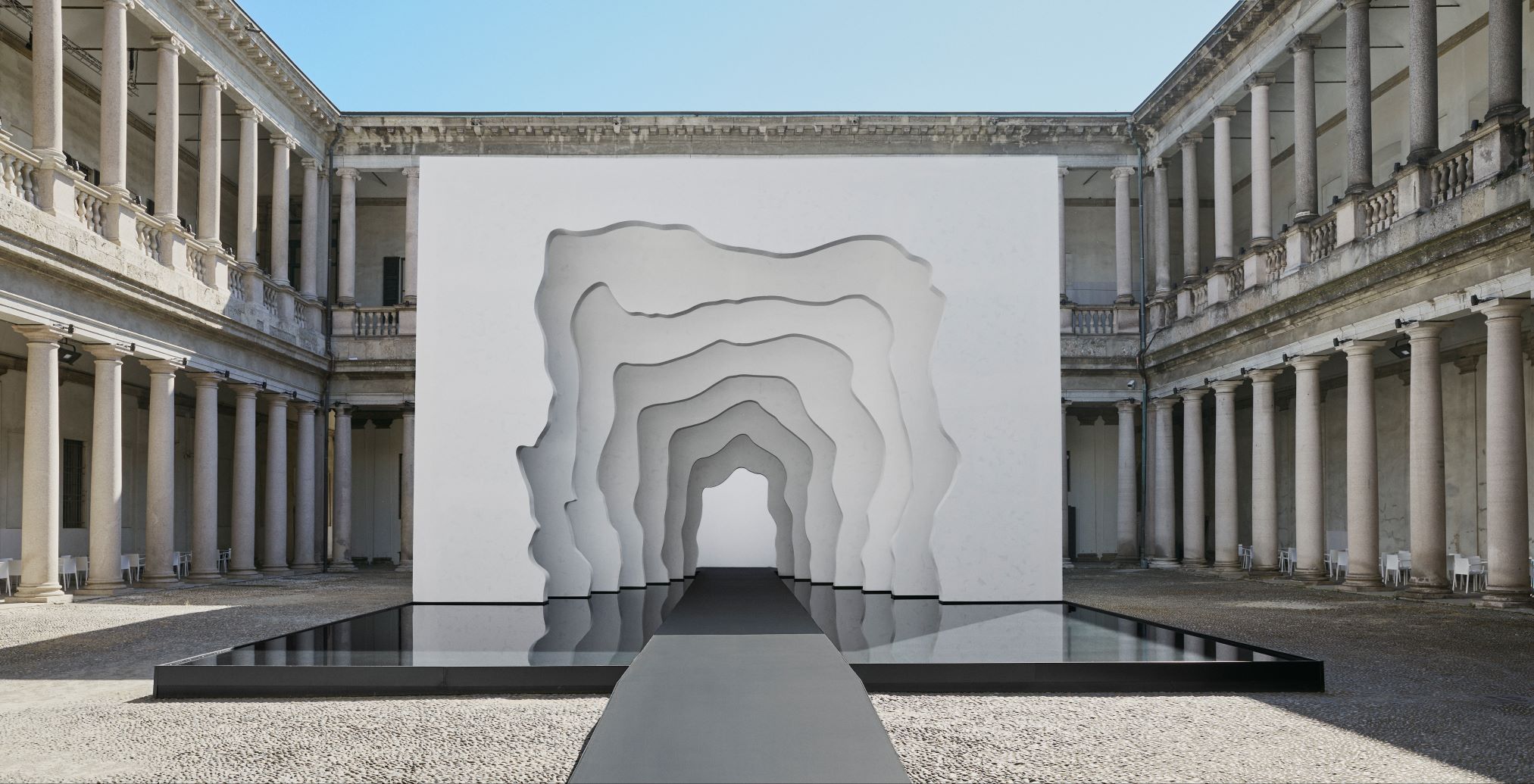 Kohler and Daniel Arsham brought experiential art to Milan Design Week
Kohler and Daniel Arsham brought experiential art to Milan Design WeekLooking back on Daniel Arsham and Kohler’s Divided Layers installation, and the brand’s latest bathroom collection
-
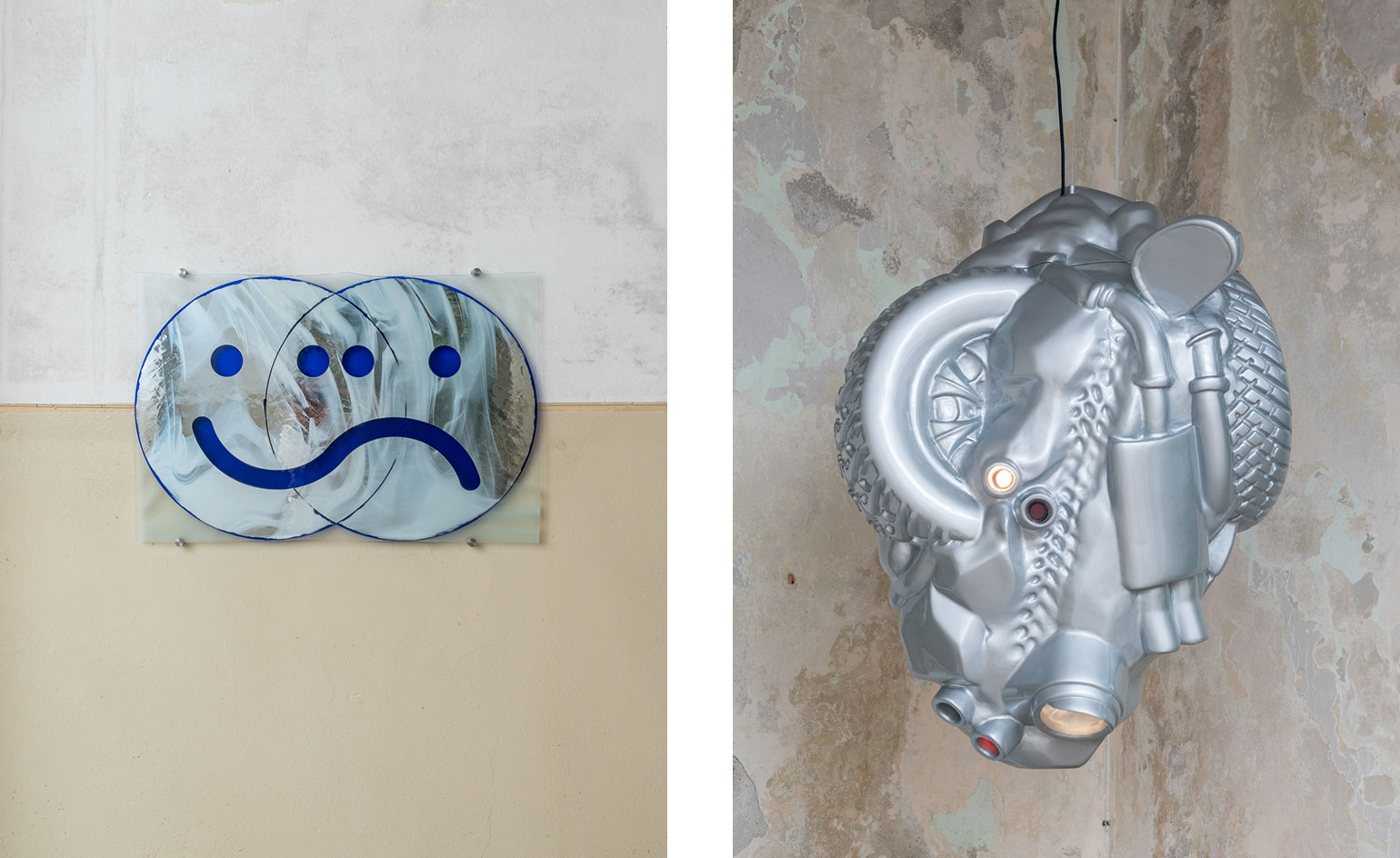 Men’s mental health takes centre stage at an art and design exhibition by Tableau
Men’s mental health takes centre stage at an art and design exhibition by Tableau‘Confessions’, which travels to Copenhagen’s 3 Days of Design following its debut at Milan Design Week 2022, features commissioned work by 14 male artists, designers and architects, reflecting on toxic masculinity, vulnerability and mental health
-
 Recycled glass tiles by Studio Plastique, Snøhetta and Fornace Brioni launch in Milan
Recycled glass tiles by Studio Plastique, Snøhetta and Fornace Brioni launch in MilanThe ‘Forite’ tile collection, which upcycles glass components from discarded fridges, ovens and microwaves, launches with an exhibition at Alcova during Milan Design Week 2022